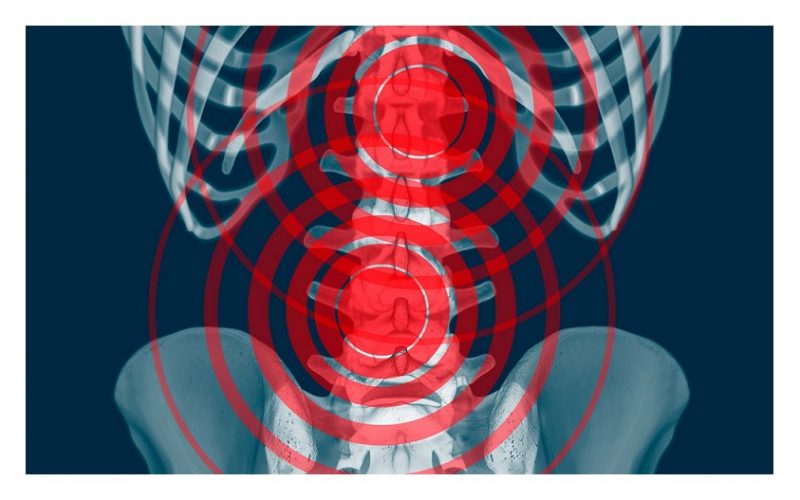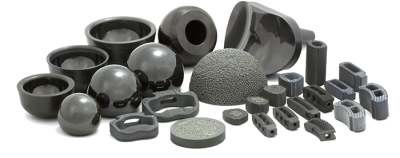26 Nov 2018 / Hilary Osborne
A UK company’s spinal implants that allegedly moved and eroded in patients, and which are at the centre of legal action, have highlighted potential weaknesses in the way in which some medical devices enter the market, an investigation has revealed.
Documents seen by the Guardian show the plastic discs were approved for sale by the British Standards Institution (BSI) after tests on 30 people over six months.
A customised version was also implanted in nine baboons, according to a paper by members of the company’s own scientific advisory board.
The devices, made by the now-defunct Ranier Technology, which was based in Cambridge, are the focus of legal action brought by prosecutors in Germany against a doctor who implanted them, allegedly without first obtaining fully informed patient consent.
Many of the patients who received them are undergoing surgery to have them removed, with doctors finding some had completely disintegrated, according to an investigation coordinated by the International Consortium of Investigative Journalists, involving the Guardian and BBC’s Panorama.
Ranier Technology was granted CE (Conformité Européenne) safety marks for two implants, Cadisc-L and Cadisc-C. The devices were certified by the BSI in 2010 and 2011 respectively, and once approved were marketed to hospitals across Europe.
The firm gained millions of pounds in backing from investors impressed by its work in developing artificial spinal discs, which it said would bring relief and a normal quality of life to patients suffering degenerative disc disease.
Instead, about half of the patients given the Cadisc-L implants have had to undergo further surgery after the discs apparently disintegrated or moved in their backs, the Implant Files investigation has discovered.
The implants were seemingly beset by problems from the start, according to scientific analysis. The documents seen by the Guardian show that in trials on baboons using a custom-sized version of Cadisc-L the discs had all been put in the wrong place.
A 2009 review of some of the animals noted that “overall six months is a relatively short time to follow an implant up”, but even after that time there appeared “to be worrying changes between the implant and the bone in all but one subject”.
Details of the tests on humans have not been published, but it is known they only ran for six months before the CE mark application, even though the implants were aimed at young patients.





